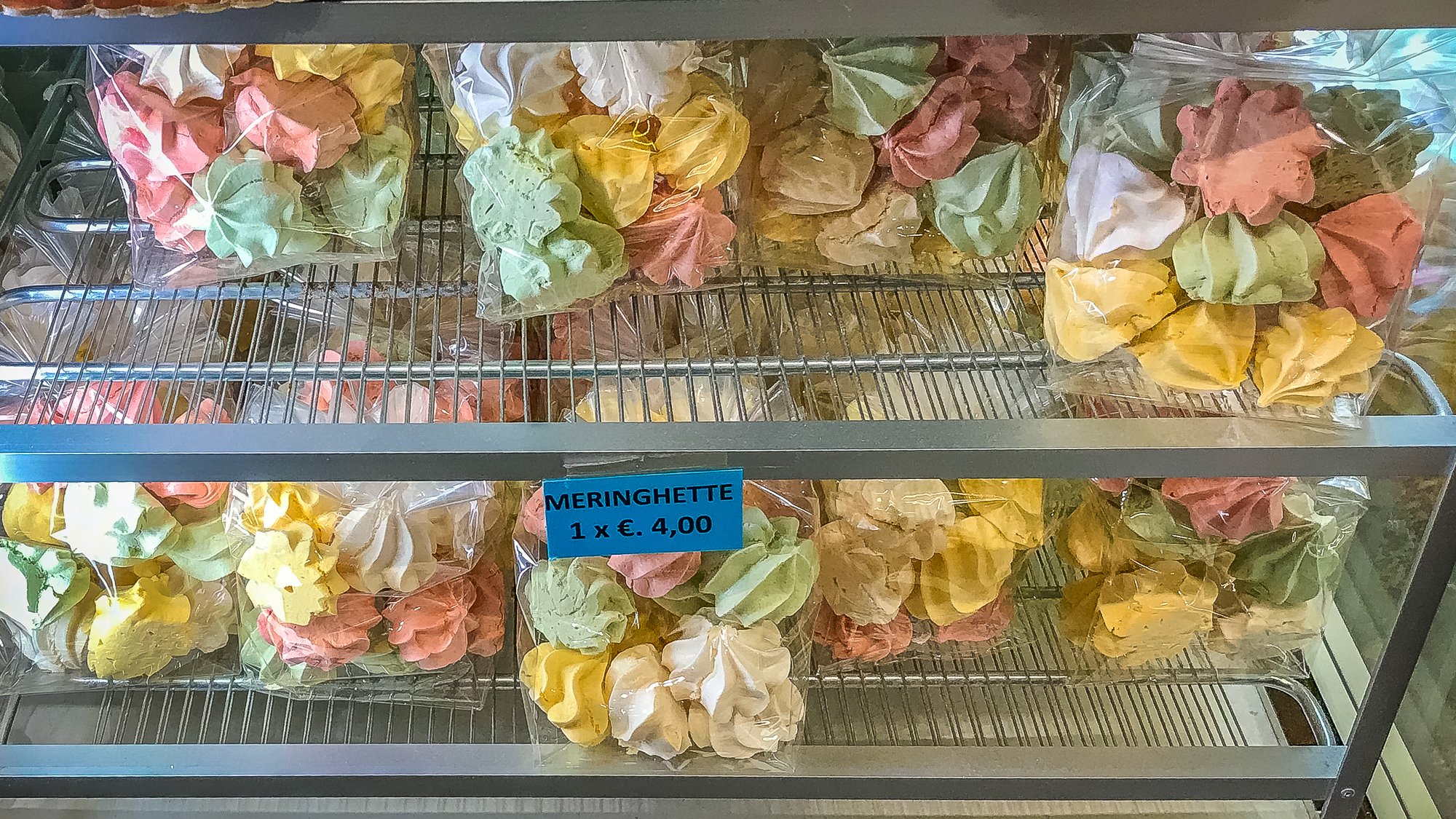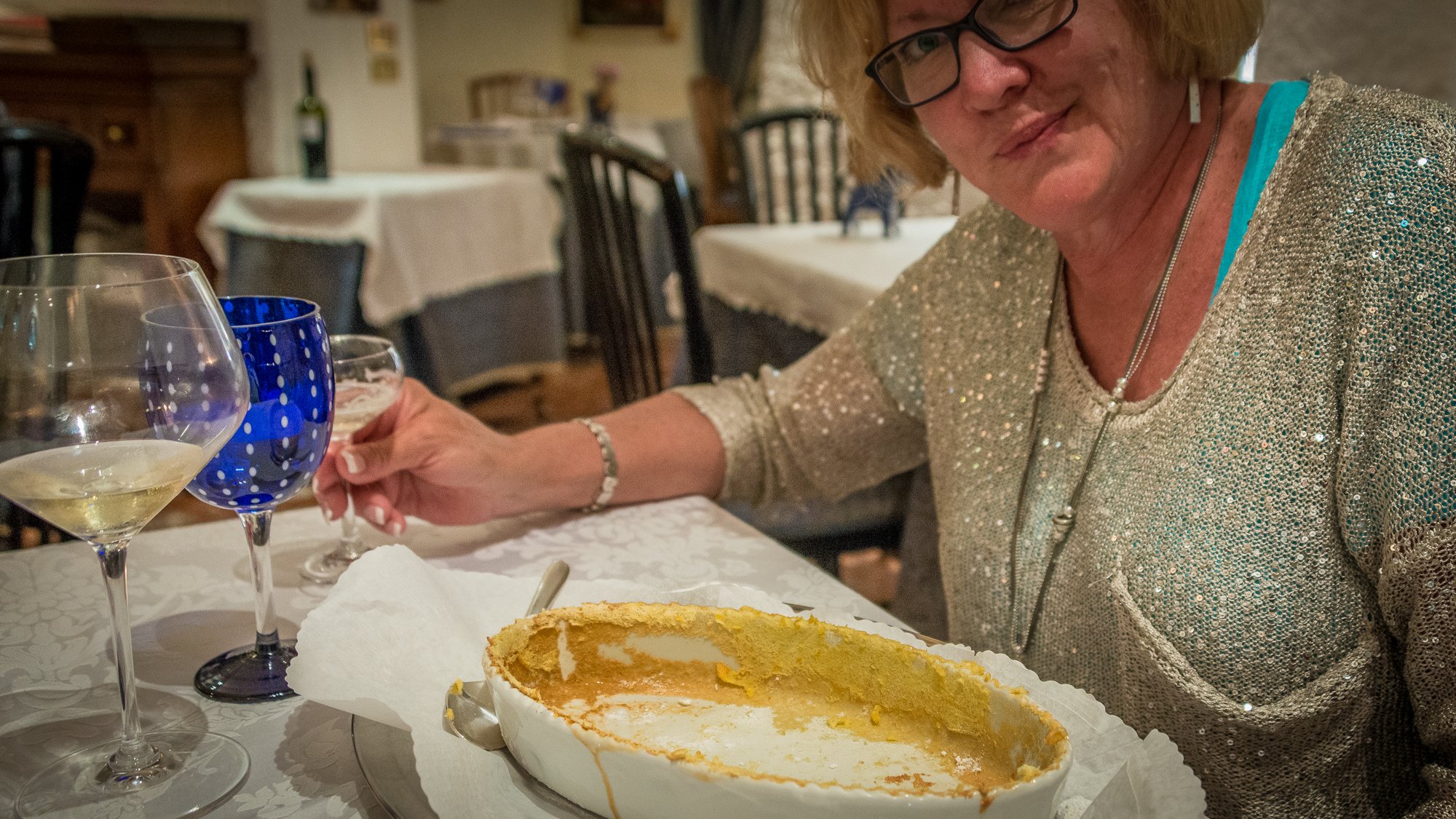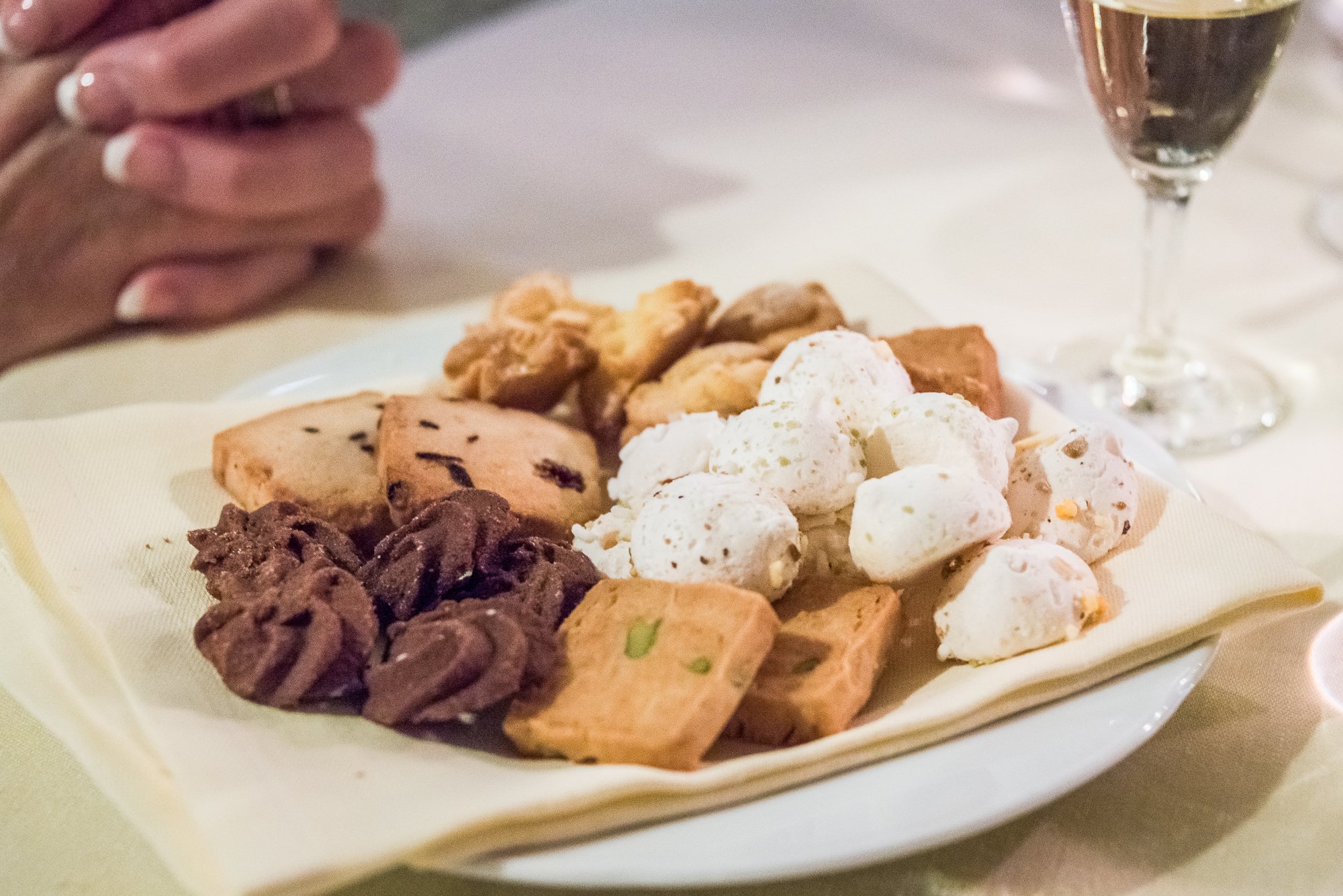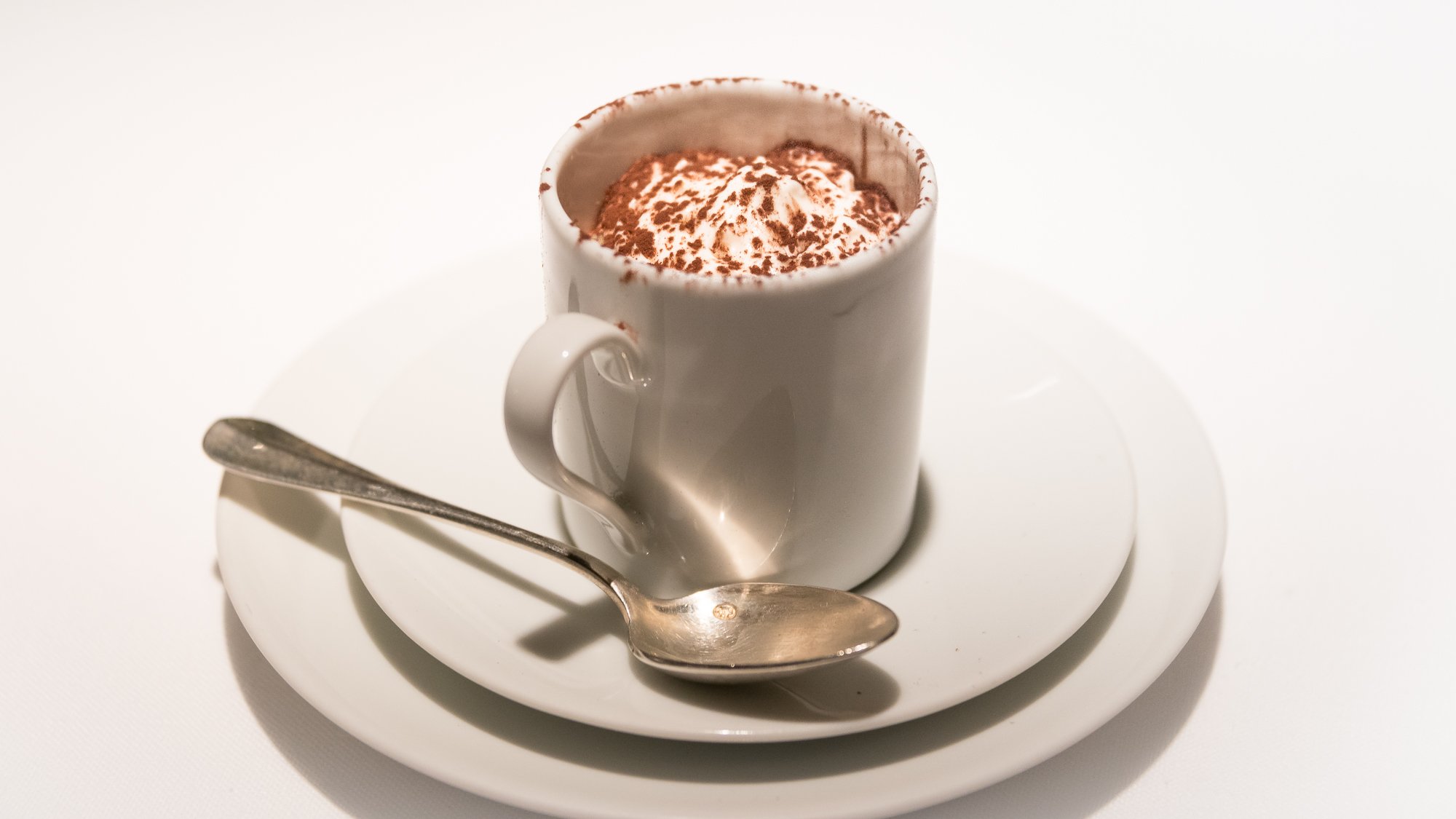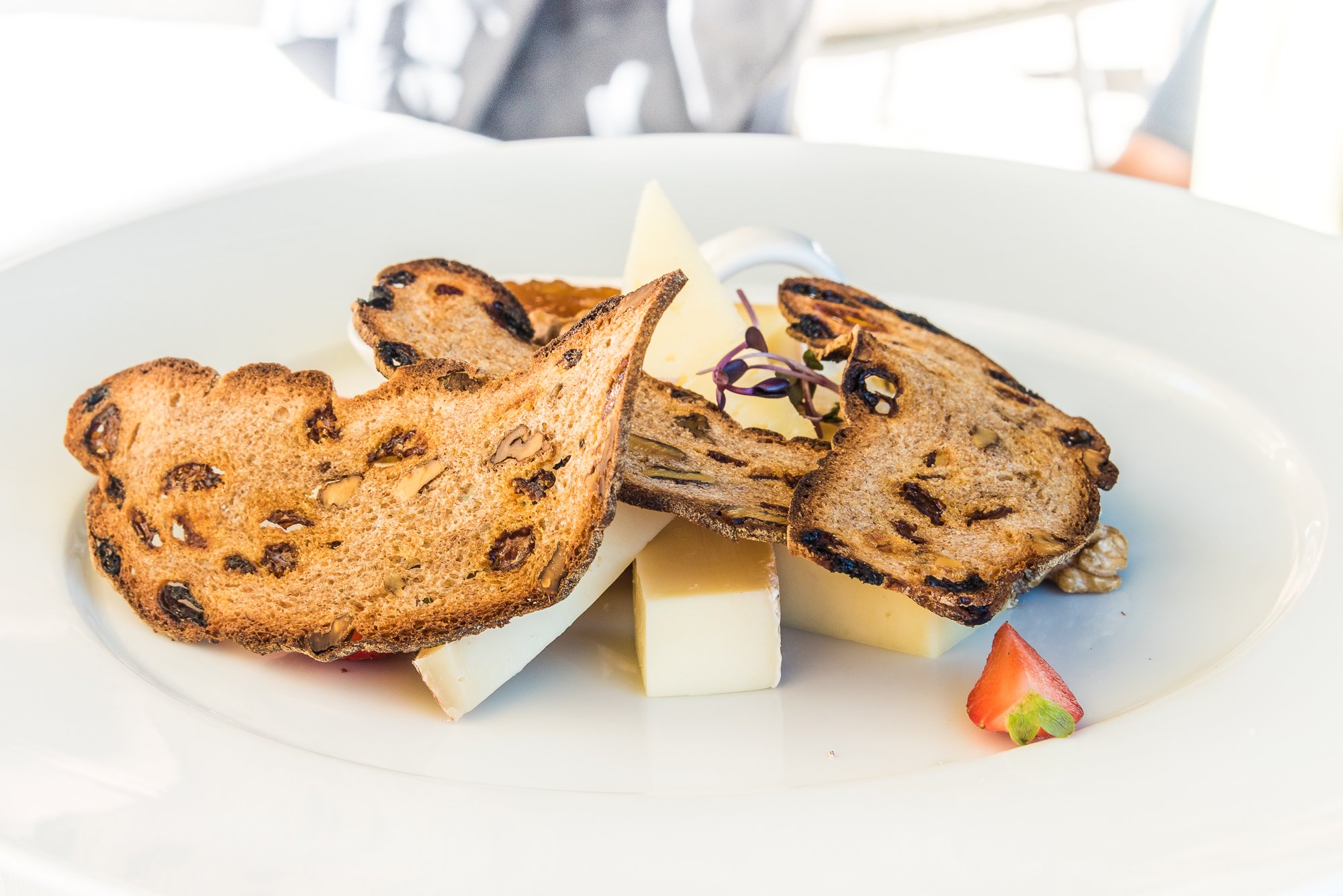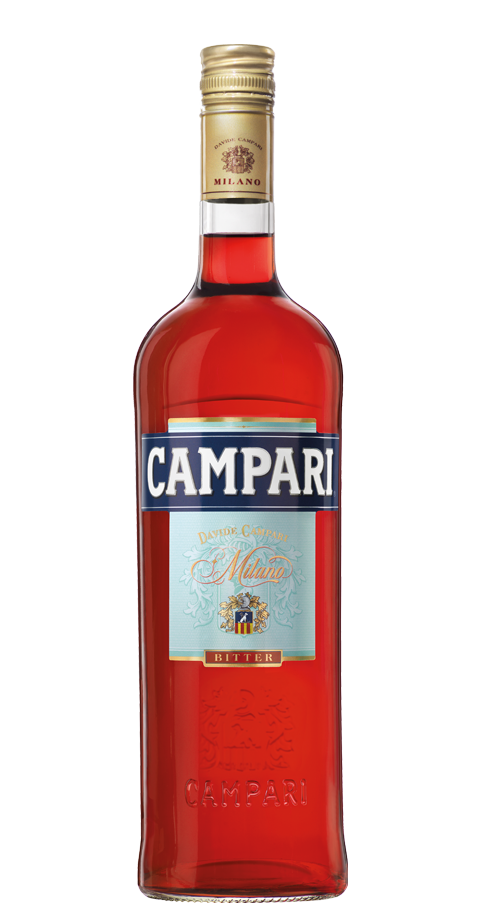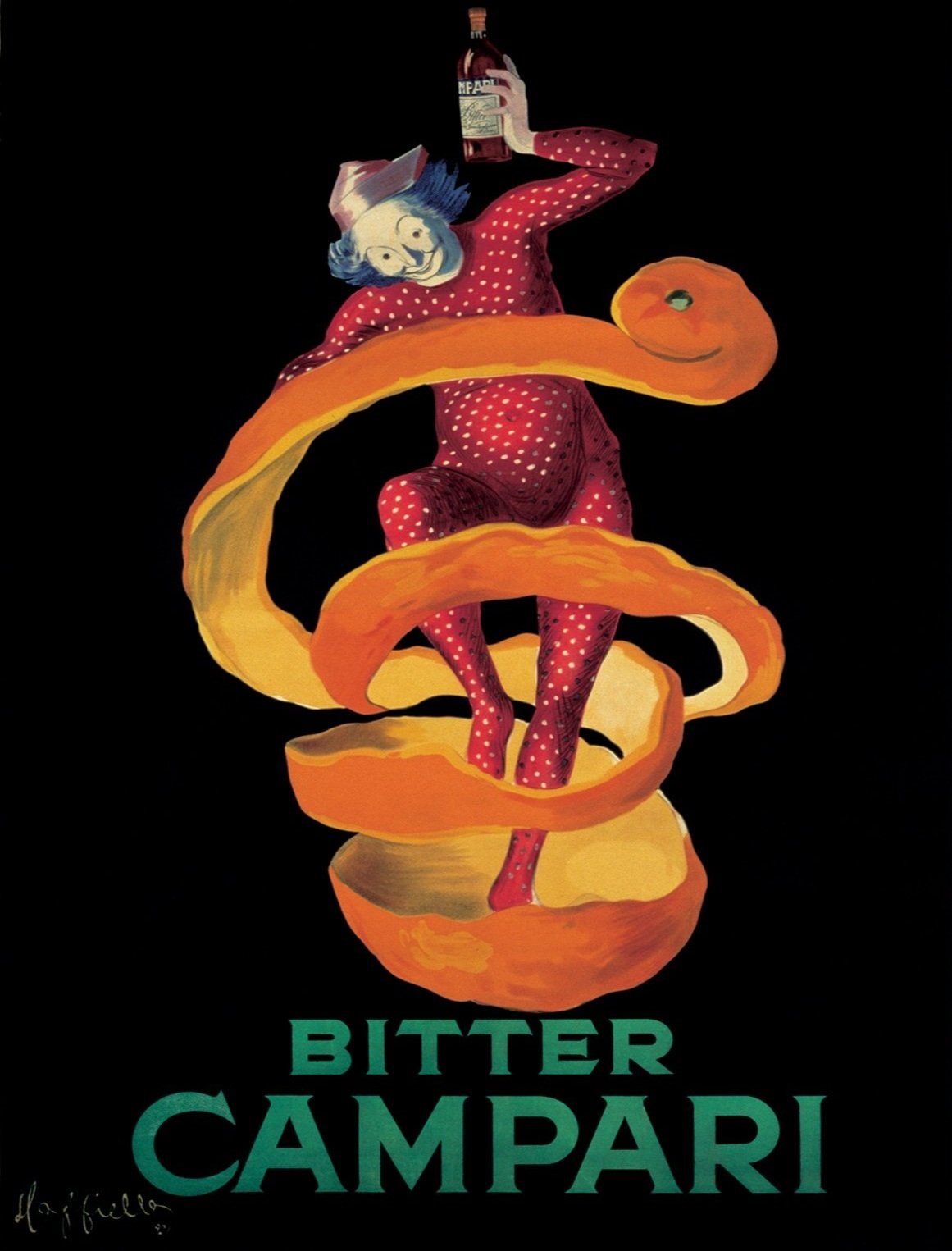You saved room…right?! I always do.
Desert (the hot and dry place) is spelled with one ‘S’. Dessert (that sweet stuff) is spelled with two ‘S’s. My sister helped me with that, saying that Mom used to say, “…dessert has two s’s, because it’s super sweet”. I have to admit that I had problems with that until about 3 years ago. Enough etymology, let’s eat!!!
“Ellen did not eat that soufflé all by herself”
Today’s article is the last of the ‘Eating in Italy’ series, as far as solid food goes. There will be one more surprise article in the next couple of weeks…yes, there is one more oft used course in the Italian meal.
The Dolci (Dessert)
In the gastronomical dessert battle, those Frenchies seem to come out on top time after time. However, their close neighbor has a few tricks up their sleeve, too. Over the last decade, Italian dolci (sweets or desserts) have come a long way…and often right down to my tummy.
Typical of the dolci menu is tiramisu, panna cotta, zabaglione and grandma’s cake (torta di nonna). I’m pleased to say that I have had each of these offerings in during 2022…though sadly, not in Italy, itself.
As this isn’t a cooking class, I will jump right into the typical offerings of the Italian menu itself, rather than handing out recipes. What follows are actual offerings from Italian menus…real Italian menus…from Italy. Sorry, but I wanted you to get the point.
And, those photos you see to the right (or who knows where on a mobile device) are photos of our actual dolci experiences within Italy. Enjoy!
Dolci Menu Offerings
Crostata
A crostata is a baked tart filled with…you’ll see just below…
Cioccolato e Caffe’ (chocolae, crema, and a chocolate streusel)
Mele e Albicocca (apples, apricots)
Mandorla e Amarena (almond, pastry cream, and Fabbri amarena cherries…one of our favorites)
Classics
Tiramisu (espresso soaked biscuits, tiramisu cream and cocoa powder)
Limoncello Profiteroles
Afogato (espresso poured over gelato)
Zabaglione (egg custard and sweet spumoni wine)
Torta di Nonna (sweet crusted tart with custard and a fruit filling)
Other Desserts
Chocolate variation (a variation of exactly what, I know not)
Crunchy puff pastry, pumpkin and chestnut cream, almond milk, pomegranate, sour cream gelato, salted caramel, and kitchen sink…just kidding.
Mountain panna cotta
Caprese cake
A patisserie mignon
Millefeuille with chantilly cream, orange sauce
Warm Zabaglione with De Bartoli reserve marsala and panettone
Babà with rhum and whipped cream
Kiss of cream meringue and dark chocolate flakes
Warm Chocolate cake made with rhum with coconut gramble and blackberries sorbet
Variation of coconut, banana and lime
Rhubarb gel with hazelnut creams and sponges
Ricotta cream with marzipan, soft pistachio and sorbet of candied oranges
Consistencies of dark chocolate, cocoa grué snow and hemp [I have no idea, don’t ask]
Slice of homemade cake
Crêpes à la crème
Fete Biscottate Homemade
Cremoso al Rosmarino
Marmellata di Fragole e Rabarbaro
Honey mousse
chamomile pannacotta
Florus-flavored tiramisu (Florus? Obviously a Banfi menu item…and tasty)
Paffpastry cannolo, custard and plum jam ice cream
Tuscan biscotti parfait with vanilla ice cream
Mascarpone cheese mousse, hazelnuts praline cream, crunchy chocolate, coffee gelato
Rhubarb sphere, vermouth cream, beetroot macaron, raspberry sorbet
The Fregolona (a crumbly dessert made from butter, flour, sugar, almonds and yellow flour)
Fruit as Dessert
Boring? A Little, but then again, it is healthy
Fruit tarts
Sliced fresh fruit
Fruit Plate
Fresh fruit salad with vanilla ice cream
Gelato, Sorbet & Ice Cream
Cassis sorbet, coconut milk-flavored winter salad
Lemon sorbet, apple and celery, first pressed oil, timur berries
Millefouille with vanilla cream
Tofu soft cream, tangerine sorbet, citrus fruits, ginger, kale chips
Lemon sorbet with grated licorice
Vanilla ice cream with gelè of smoked whiskey
Selection of housemade sorbets and ice creams
Gelato al Pane
Pollen ice cream [you didn’t know that bees can make ice cream, did you?]
Homemade crema gelato, raisins and Moscato Romano Levi grappa
An ice cream made with the collaboration of Marco (Ricotta Ice Cream w/ Amarone Grappa)
Cheese As Dessert
Yes, I’ve had cheese for dessert…and then I order an actual, real, traditional, sweet, and pleasing dessert! Listed here are just a few Italian cheeses you might order from the dolci menu:
Caprino
Morlacco
Gorgonzola naturale
And many other Italian cheeses
Other Ways to Get Dolci
Wow, so many tasty sounding variations of dolci. And, I can’t leave off just plain, old gelato…scooped up at that “best gelato in all of Italy” place around the corner from wherever you happen to be in Italy. And, if your friend hears you are going to Italy and says, “You’ve just got to go to this gelato place…it’s the best ever…it’s just a 45 minute walk from the places you will be!”, don’t fall for it…find the one that’s handy and go for it!
And then there is what you find along the way as you stroll the calle of Italy, like cookies, candies, and such. It’s hard not to run across these hand-held treats…except when you are actively looking for them, of course.
Below are photos of tasty treats you might find whilst in Italy.
A Short Anecdote
When we were in Amalfi, we had a nice meal at a Michelin-starred restaurant called Ristorante La Caravella. It was a lovely dining experience.
On the menu for dolci, we eyed an item called Soufflè al limone d'Amalfi, or lemon soufflé, made with those huge Amalfi lemons.
I’ll forgo telling you more about the dessert…I’ll let you see what happened to it. Ellen will demonstrate. Nough said, right?
If you need to catch up on the earlier installments of Eating in Italy, here are the links:
Eating in Italy — The Courses and Apertivo [the types of dining establishments, the menu, and a sip of an apertivo — a good place to start your dining journey]
Thank you for joining me today as we discover that sweetest of Italian meal courses, the dolci course. If your sweet tooth has been activated, get yourself to Italy. If we are there with you, we will help you get your just desserts! Until that happens, I say…
Ciao for now,
Steve
p.s. Before you ask, I’ll answer your question: No, Ellen did not eat that soufflé all by herself. I had a hand in that task, also.
If you feel compelled to subscribe to Italy, Our Italy’s articles, click here

